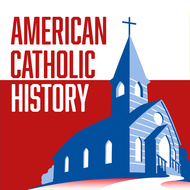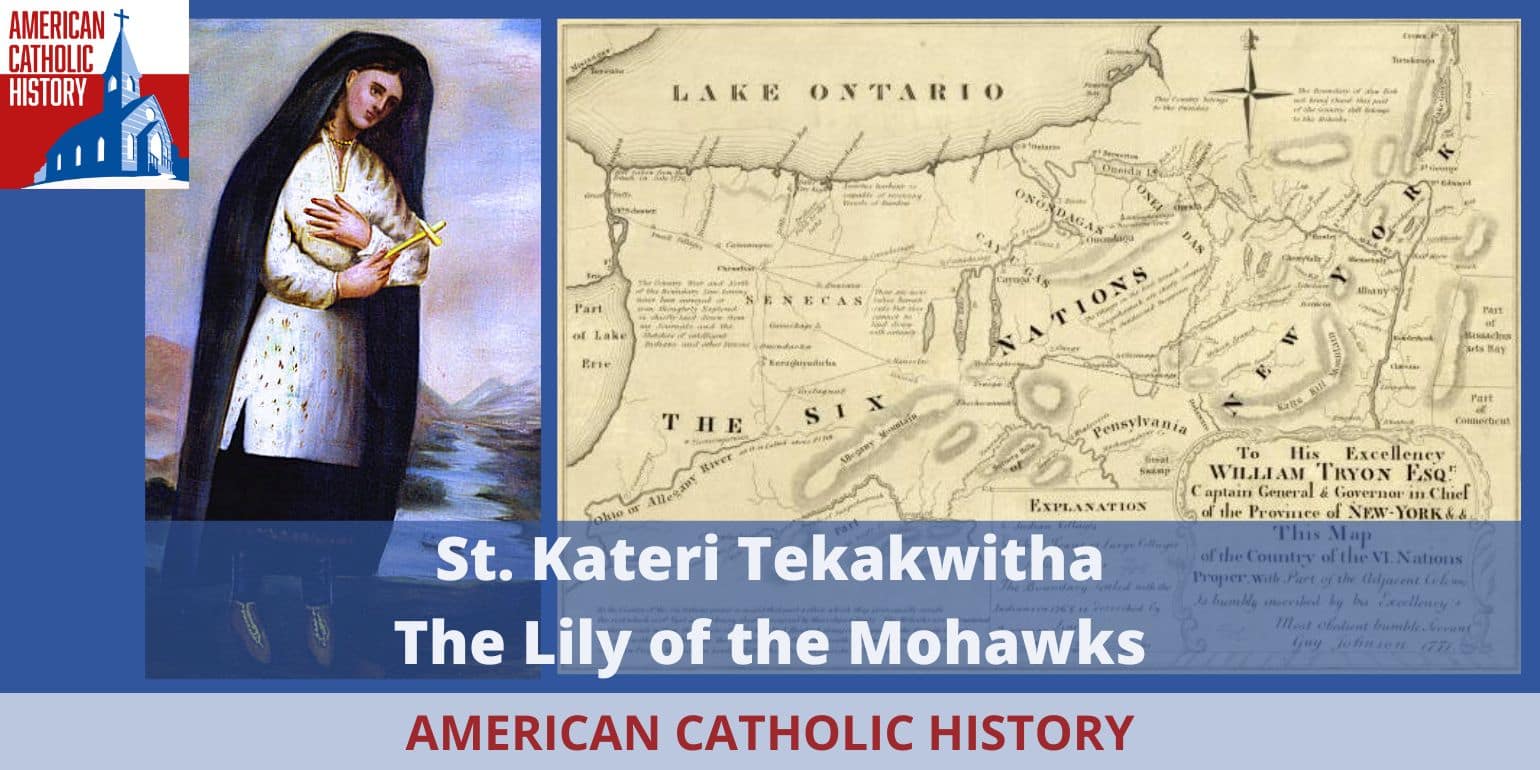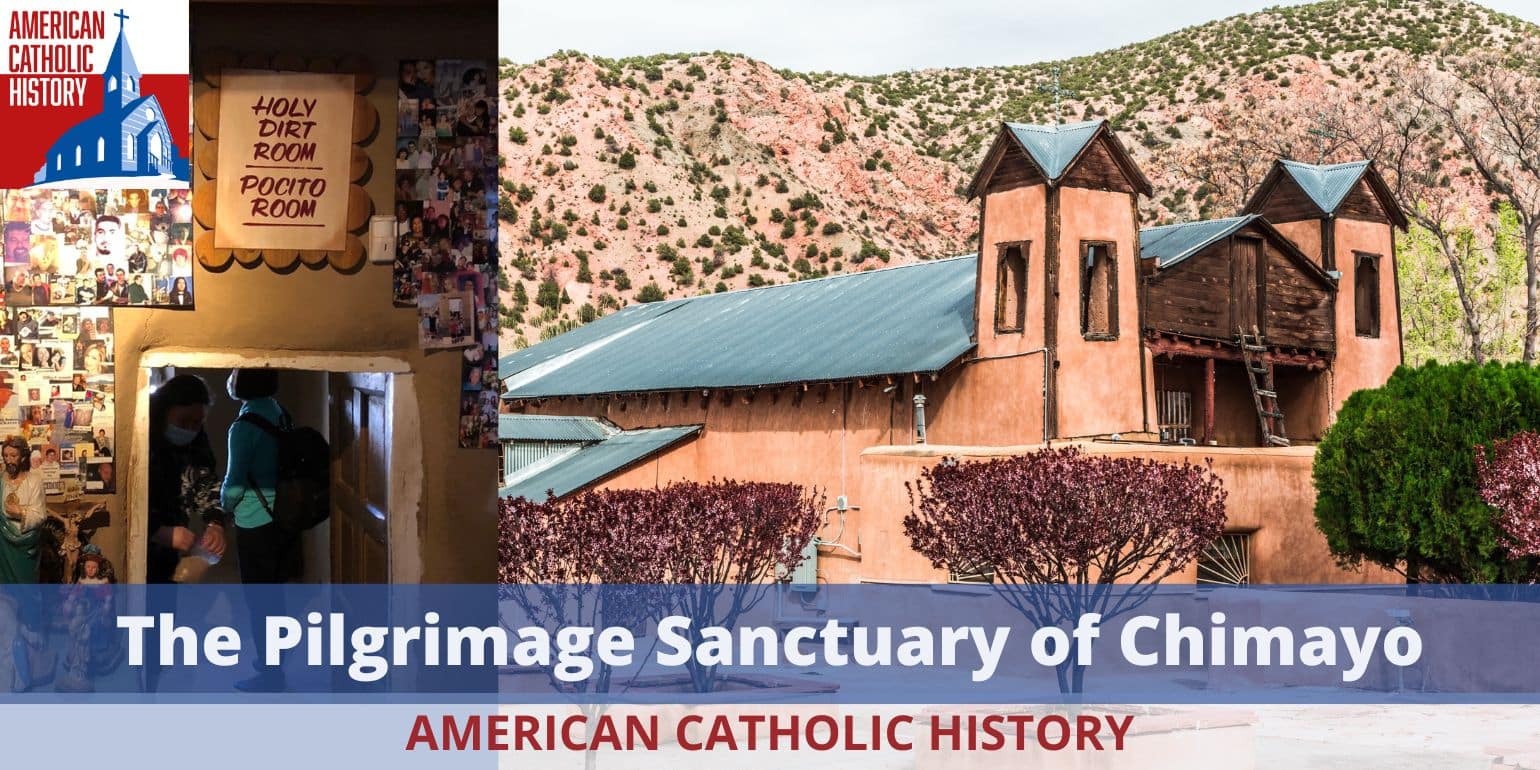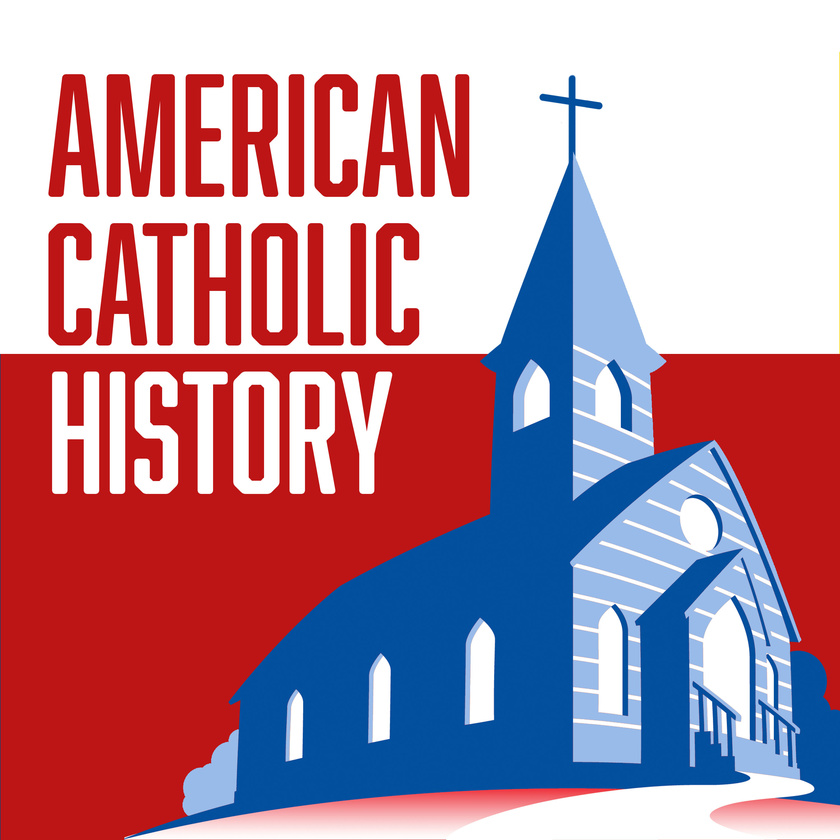
Father Joseph T. O'Callahan, SJ, was head of the mathematics department at Holy Cross College in Worcester, Massachusetts, and a professor of mathematics, physics, and philosophy. But when war broke out in 1939, he signed up to be a Navy Chaplain — the first Jesuit to do so. In March of 1945 he was assigned to the <em>USS Franklin</em>, which steamed out of Pearl Harbor on March 3. Just 16 days later, while preparing to launch bombing runs on the Japanese mainland, the <em>Franklin</em> was struck by two armor-piercing bombs. The bombs penetrated to the hangar bay. The chain reactions of explosions and fires which ensued killed hundreds almost immediately, and hundreds more over the next eleven hours. But Father O'Callahan kept his wits about him, and organized the men into firefighting squads. He personally led some men into gun turrets and ammunition magazines to remove hot rounds and toss them overboard, and to hose down some with fire hoses to keep them cool. If any of these had exploded the ship would have been torn to bits, and all the men would have died. Thanks to his actions — and those of a few others — the <em>Franklin</em> was saved, and made it back to Brooklyn, New York for major repairs. Father O'Callahan initially refused the Navy Cross approved for him, but eventually President Truman convinced him to accept the Congressional Medal of Honor — the award his actions truly merited. Father O'Callahan went back to teaching at Holy Cross. He died in 1964.
A note of thanks to our supporters, and an update on what's going on with us, the podcast, and pilgrimages...
We had a splendid time visiting The Willows, the home of Joseph Warren Revere, last weekend. It sits within Fosterfields Living Historical Farm outside of Morristown, New Jersey. We were in town for a wedding, and couldn't pass on the opportunity to see this historic home. And what a well-preserved bit of history it is!
The Foster family, who bought the house from Revere's widow, preserved a number of Revere's things, including the extensive trompe l'oeil paintings he did in the foyer and dining room.
If you're ever in the Morristown, NJ area we highly recommend you take the time to visit The Willows — and the rest of Fosterfields. They have additional museums on site, plus a working farm that preserves techniques and activities from 1920s farming. You also can pet the animals and take part in the work.
In 1819, Father Samuel Sutherland Cooper was shocked when the host in his hands suddenly changed into a piece of bleeding flesh. This happened in Augusta, Georgia, just a few days after Father Cooper had boasted that a demonstration proving the doctrine of Transubstantiation would take place on Sunday. His rash boast — and he recognized its rashness as soon as he'd proclaimed it — was in response to the abuse being hurled upon the Church, and especially upon the Real Presence of Christ in the Eucharist, by an ex-priest who still lived in the area. The remarkable happening naturally caused a sensation. Learn more about the remarkable life of Samuel Sutherland Cooper: https://americancatholichistory.org/samuel-sutherland-cooper/
In our efforts to get all of our back episodes back online we adjusted the script and re-recorded our episode on Fr. Juan de Padilla, the the first man to shed his blood for Christ in North America. We learned a few new details since we originally recorded this one, so while the story is largely the same it's a bit more accurate and informative..
This is one of the benefits of having to re-record many of these episodes: we can revisit in light of new developments, we can update our approach to the story telling, and we can overall improve on the stories that we share.
I hope you enjoy!
Prior to 2024, eleven national and international eucharistic congresses took place in the United States. The first was in 1895. What is a eucharistic congress? What gave rise to them? What happens at them? We talk about these questions and give some highlights from a number of the congresses of the past. Listen in!
Perry Como sold over 100 million albums, had dozens of songs reach the charts, and won 5 Emmys over a 19-year television career. Como was one of the most successful and beloved entertainers of the 20th century. But unlike contemporaries like Frank Sinatra, Bing Crosby, or Dean Martin, he didn’t seek the limelight. Born to poor Catholic immigrant parents in bleak circumstances in Canonsburg, Pennsylvania, Como first made his mark as a barber. He would sing while cutting hair, in part to bring joy into the bleakness, and in part because it brought in the customers. Eventually his fiancée, Roselle Belline, some friends, and his father, pushed him to try out a career as a singer. He was a hit almost overnight. But as he went from success to success, his gentleness, humility, and genuineness won him fans and admirers where it really mattered: among his colleagues, friends, family, and the countless people whom he helped in ways large and small along the way. In spite of his success, he ...
Welcome to all our new members and supporters! Thank you for being here. We hope that you find the community enjoyable, supportive, and informative.
If you're new to Locals, a few notes on how this works.
Members can view posts (except supporter only posts) and like posts.
Supporters can view all posts, like posts, comment on posts, and create posts.
We hope those who are supporters will comment and post. The more people participating in the forum, the more interesting it is for everyone!
Who are supporters? Those who support our work with at least $5 each month. We actually have a great line-up of perks for supporters:
$5/month: access to all our "Supporter-Only" content. We've been working hard at developing some new content beyond our weekly podcast. Each month we plan to release a video in our new "American Catholic History On Location" series, taking you to American Catholic places near and far. Look out for our inaugural video tomorrow!
We also will be releasing longer-form interviews ...
Today is the feast of St. Catherine of Siena, the 14th century mystic and reformer. She doesn't have a direct connection to American Catholic History, except that the first Native American woman to be canonized took St. Catherine's name when she was baptized. St. Kateri Tekakwitha was originally given the name "Tekakwitha," which means "She Who Bumps Into Things," by her Mohawk tribe. But when she converted to Catholicism at 19 years old, she took on the Mohawk form of the name "Catherine," which is "Kateri." The only question (admittedly a minor question, compared to how humble and devoted a life she led and what a great example she left us) is how to pronounce it. Most say "kuh-TEER-ee," but some in New York believe it would have been "CAT-er-ee" in the original Mohawk pronunciation.
Either way, the most important thing is that eventually we were able to call her "saint."
St. Kateri Tekakwitha, and St. Catherine of Siena, pray for us!
...
In 1810 a wooden cross was miraculously discovered in the hillside of the village of Chimayo in northern New Mexico. The area had been known by Pueblo Indians as a place where miraculous healings took place, and after the cross was found a chapel was built because pilgrims started coming to pray before the miraculous cross and seek healing from the “holy dirt.” So many miraculous healings have been attributed to this location, and so many pilgrims come every year — it is the largest pilgrimage site in the U.S. — that Chimayo is known by some as the Lourdes of America.
https://americancatholichistory.org/el-santuario-de-chimayo/















